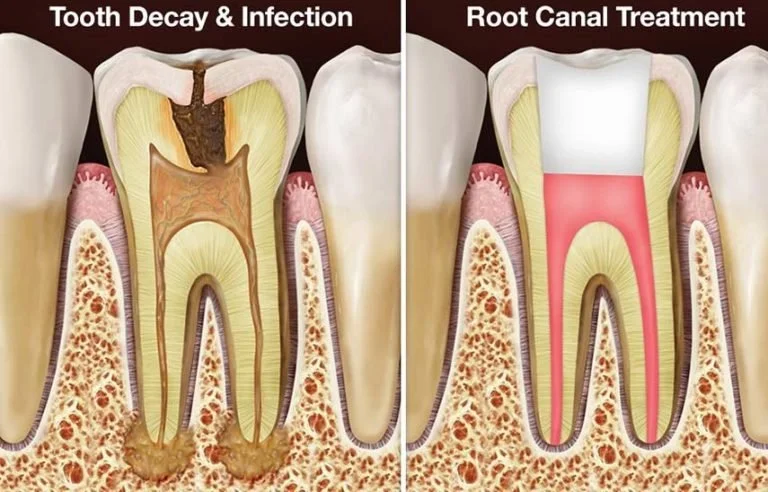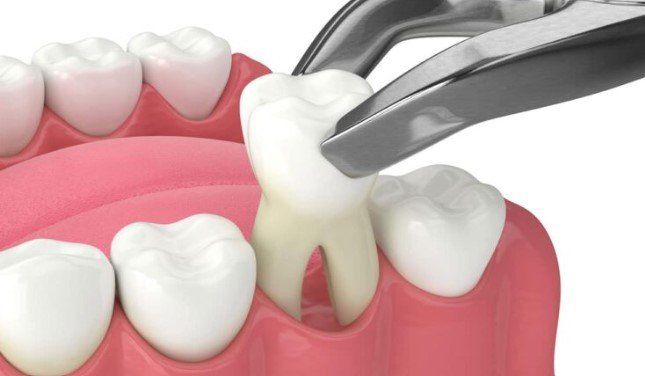Our Services
IMPLANTS
A dental implant is a medical device used to replace a missing tooth. It's essentially an artificial root, usually made of titanium, that is surgically placed into the jawbone where the natural tooth root once was. Once the implant is in place and has bonded with the bone (a process called osseointegration), a replacement tooth (crown) is attached to it. This gives the appearance, function, and feel of a natural tooth.
INVISALIGN
Invisalign is a brand of clear, custom-made aligners used for straightening teeth. It’s an alternative to traditional metal braces for people who want a more discreet way to straighten their teeth. The aligners are made of a smooth, clear plastic material, which makes them nearly invisible when worn.
The process involves getting a series of aligners that are slightly adjusted to gradually move your teeth into the desired position over time. You wear each set of aligners for about 1-2 weeks, then move to the next set. They’re removable, so you can take them out for eating, drinking, brushing, and flossing.
DENTAL CROWNS
A dental crown is a cap that is placed over a damaged or decayed tooth to restore its shape, size, strength, and appearance. It essentially covers the tooth, providing protection and improving its function. Crowns are used when a tooth is too damaged to be repaired with a filling but still needs to be preserved. Crowns can be made from various materials, such as:
Porcelain or ceramic (natural-looking, commonly used for front teeth and for back teeth)
Metal (durable, often used for back teeth)
Porcelain fused to metal (combines strength with aesthetics)
Resin/Acrylic (less common, used for temporary crowns)
The process typically involves two appointments: one for preparing the tooth (which might involve some filing or reshaping) and taking impressions, and another for placing the crown once it is custom made.
FILLINGS
A dental filling is a restorative procedure used to repair a tooth that has been damaged by decay, cracks, or wear. The process involves removing the decayed portion of the tooth and then filling the empty space with a material that restores its shape and function. Fillings help prevent further damage to the tooth and can also improve its appearance.
ROOT CANALS
A root canal is a dental procedure used to treat infection or damage to the soft tissue inside a tooth, known as the pulp. The pulp contains nerves, blood vessels, and connective tissue. When the pulp becomes infected or inflamed, usually due to deep decay, a crack, or trauma, it can cause pain, swelling, or even abscesses.
During a root canal, the dentist removes the infected or damaged pulp, cleans the inside of the tooth and seals it to prevent further infection. The tooth is then typically restored with a filling or a crown to restore its strength and function.
Despite the reputation of root canals being painful, the procedure is usually done under local anesthesia and is generally no more uncomfortable than getting a filling. In fact, it often relieves the severe pain caused by the infection.
After a root canal, the tooth can often last a long time, though it might need a crown to protect it and restore its full function.
COSMETIC BONDING
Cosmetic bonding is a quick and affordable procedure where a dentist applies a tooth-colored resin to your teeth to improve their appearance. It's commonly used to:
Fix chipped or cracked teeth
Close small gaps between teeth
Make teeth look longer or more even
Cover discoloration or stains
Reshape teeth
The resin is sculpted to look natural, then hardened with a special light and polished. It usually takes just one visit, and there’s little to no drilling or anesthesia needed.
ZOOM WHITENING
Zoom Teeth Whitening is a professional dental whitening treatment designed to significantly brighten your smile in a short amount of time. It utilizes a hydrogen peroxide based gel activated by a special LED light to effectively lighten teeth.
With proper care, results can last several months, and some studies have shown effects lasting up to 12–15 months when combined with at-home maintenance.
In-Office Treatments: Results are typically visible immediately after the session
At-Home Treatments: For those opting for at-home whitening, treatments like Philips Zoom DayWhite and NiteWhite, involve wearing custom trays filled with whitening gel for a specified duration over a two week period or longer.
EXTRACTIONS
Dental extraction is the removal of a tooth from the mouth. It's usually done for various reasons, including:
Tooth decay that is too severe to be repaired with a filling or crown.
Gum disease (periodontal disease) that has loosened the tooth.
Impacted teeth, teeth that don’t have enough space to come in properly.
Tooth infection or abscess that can’t be treated with a root canal.
Orthodontic reasons, to make room for other teeth to align properly.
Trauma or injury to the tooth/teeth.
Types of Extractions:
Non-surgical extraction
Surgical extraction
MOUTH GUARDS
A dental mouth guard is a protective device that covers your teeth and sometimes gums to prevent or reduce injury. It's usually made from a flexible plastic material and shaped to fit over your teeth. There are a few different types, depending on the purpose:
Types of Dental Mouth Guards
Night Guards (Occlusal Guards)
Worn while sleeping to prevent teeth grinding (bruxism) or clenching, which can wear down enamel and cause jaw pain or headaches. There are soft , hard/soft and hard night guards.
Sports Mouth Guards
Worn during contact sports (like football, boxing, hockey) to protect against broken teeth, jaw injuries, and cuts inside the mouth.
Orthodontic or Post-Dental Work Guards
Sometimes used to protect recent dental work (like braces or after surgery).
Dr. Diana Yeung performs many dental procedures. If you need any help or have any questions, please do not hesitate to call to see if we can help you today!








